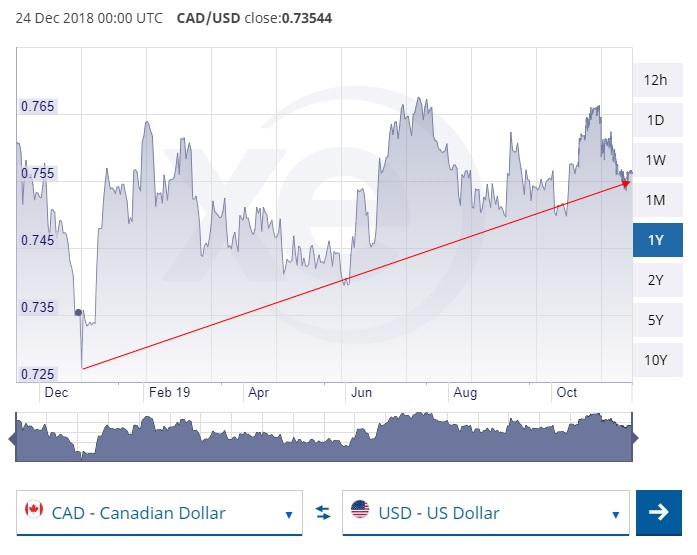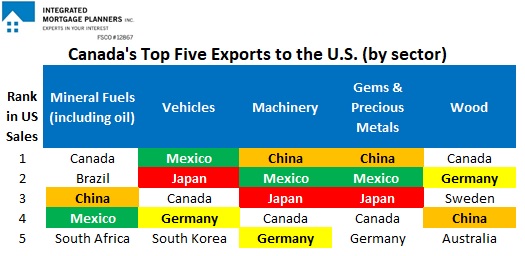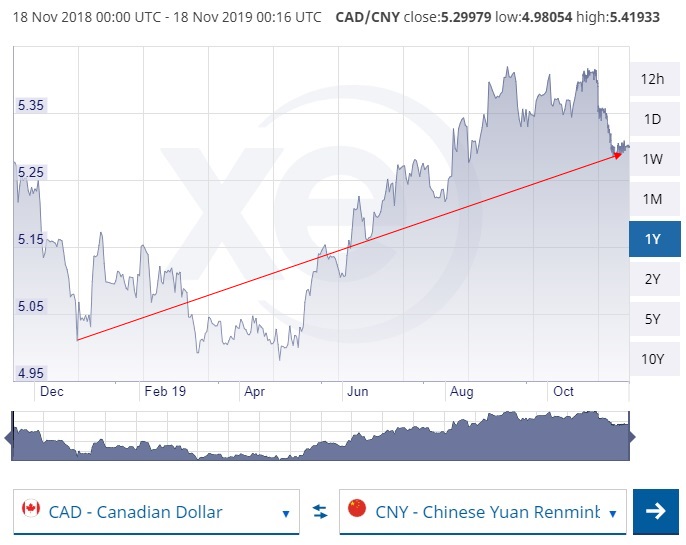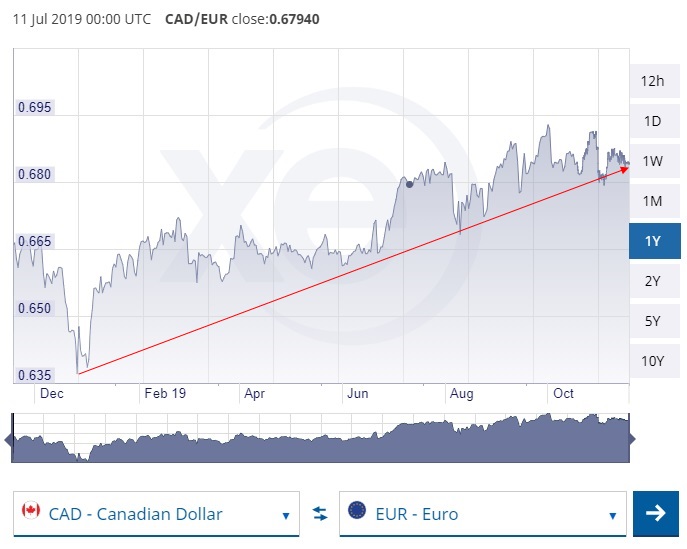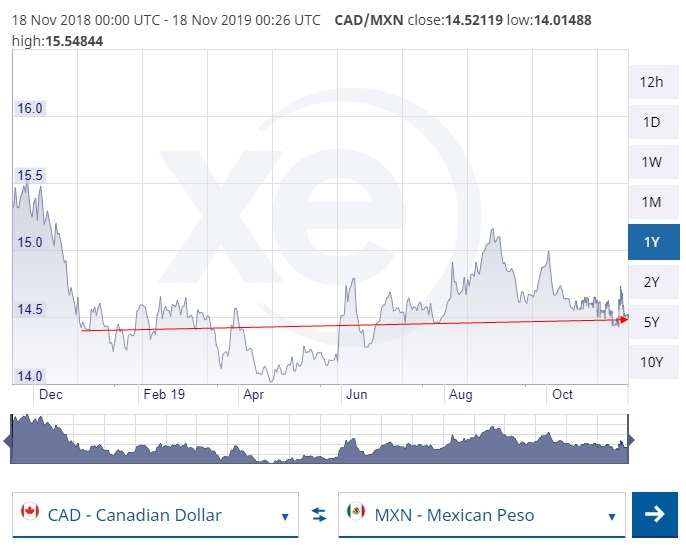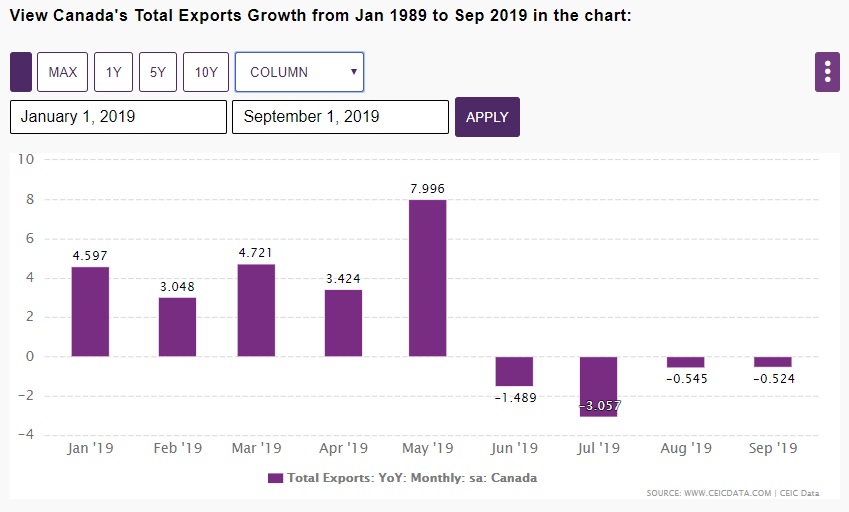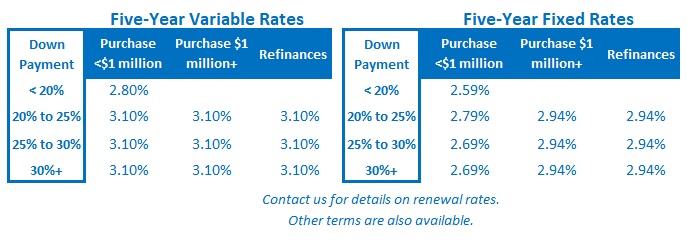by Kimberly Greene
Yesterday, the federal and provincial governments announced the Canada-Ontario Housing Benefit, a joint venture that will provide direct support to Ontarians in housing need.
More details have emerged on the program, namely who will be served as well as how the funds will be distributed.
“It is the first direct support for rental housing in generations,” said the Honourable Ahmed Hussen, Minister of Families, Children and Social Development.
The benefit goes directly to recipients and is “portable”, meaning that it can be used to help with the beneficiary’s current housing or new housing that better suits their needs. This flexibility and choice means that they can move quickly to help people that need it most, said Steve Clark, Ontario’s Minister of Municipal Affairs and Housing. It’s not just for low-income housing; household can use the benefit to supplement market rate rental housing as well. The benefit of that would be two-fold: helping people who are marginalized and at risk; and loosening the housing system from the bottom up.
The funding will be available the next fiscal year, which begins on April 1, 2020. Due to its size, Toronto will see a significant portion of the funds.
Clark said that the program will rely on Ontario’s 47 service managers and Indigenous program administrators who are on the ground in local communities. The rate will be based on a combination between the average market rent in the community as well as personal income level. In order to hit targets, Clark said, the budgetary amount discussed could be an average of $2,500 per person, but that doesn’t take into account that some people will only need a rent supplement for a short period of time, while others will need it longer, and that amount will differ depending on province and community.
“We’re also encouraging our service managers to look outside the box, to work with non-for profits, to work with people in the private sector to try to leverage the existing community housing asset and try to renew and repair and ultimately grow, using the federal provincial agreement, more housing opportunities in communities,” Clark said.
Hussen said that the benefit it meant to target people who have been identified through existing Ontario programs as being in “great housing need.”
Earlier this year, Clark released Ontario’s Community Housing Renewal Strategy, which aims to remove overly restrictive rules and income formulas that make it difficult to keep tenants in their homes. Clark also mentioned Ford’s More Homes More Choice Act, which he says has “renewed our focus on providing more supply. We’re looking at the entire system . . . we want to make sure that we use every tool and every partner that’s available to us.”
Toronto Mayor John Tory pointed out that this is only one initiative meant to help ease housing affordability in other ways and echoed Clark’s sentiment that it can be done relatively quickly compared to other forthcoming initiatives.
If nothing else, all levels of government gave themselves a pat on the back for working together—apparently it’s not a given these days.
“Through cross-government investment and cooperation, we have the power to solve housing affordability challenges for all Canadians,” Hussen said.
“We know that we can only be successful as governments if we find a way to work together to actually lever the resources we have on top of each other to have a bigger and bigger impact,” said Finance Minister Bill Morneau, who added that the benefit will also help the broader economy.
